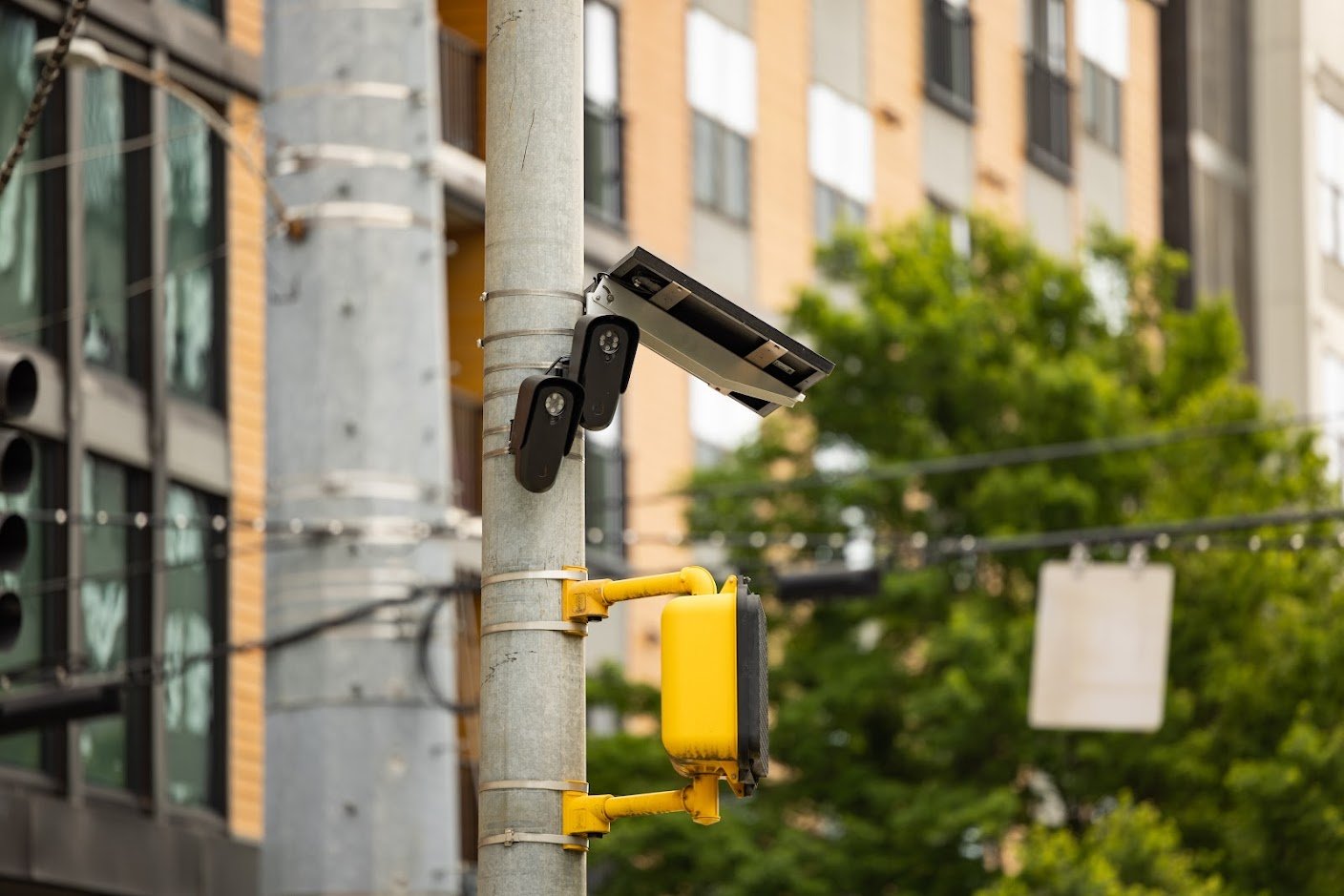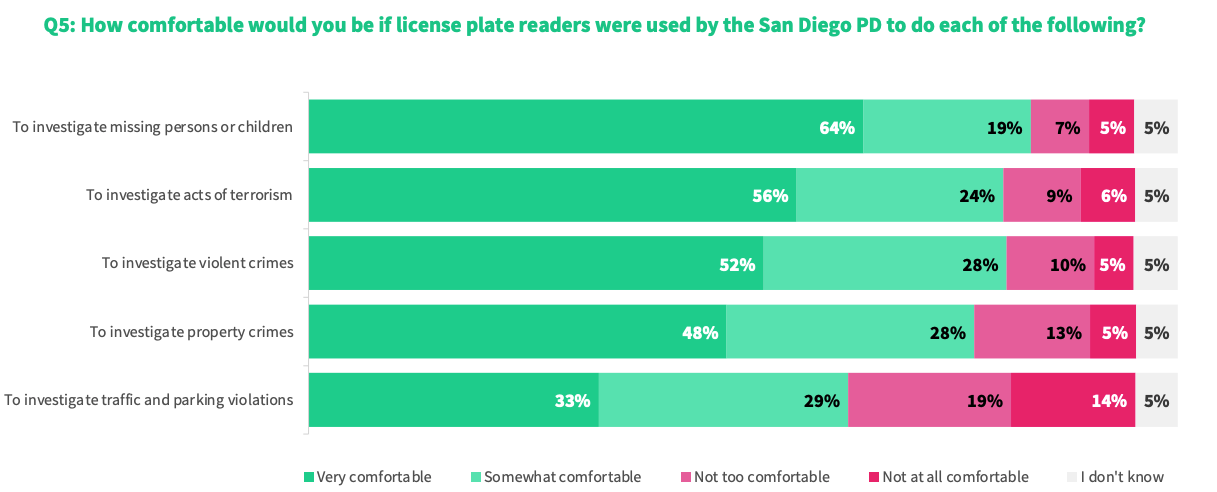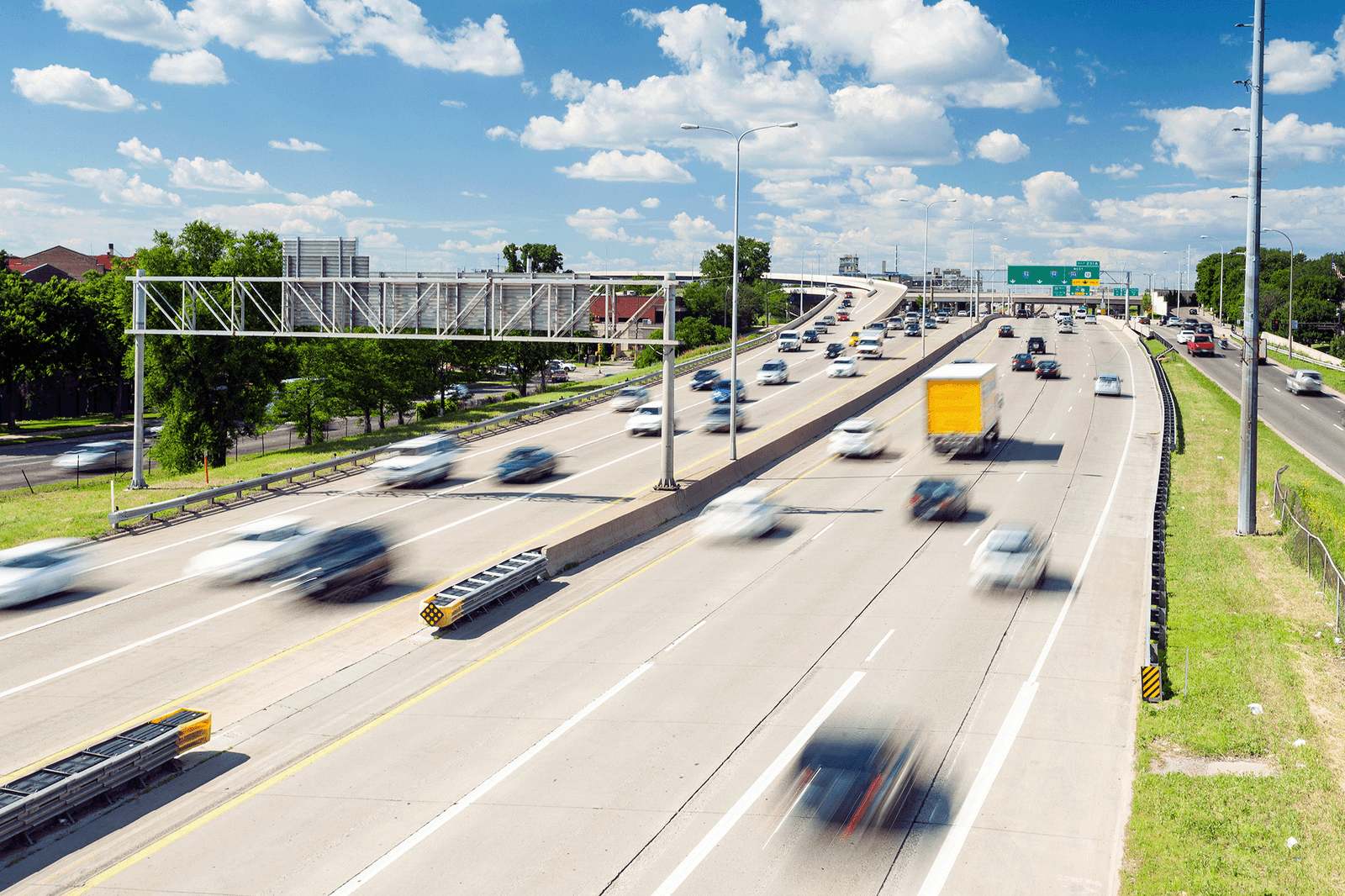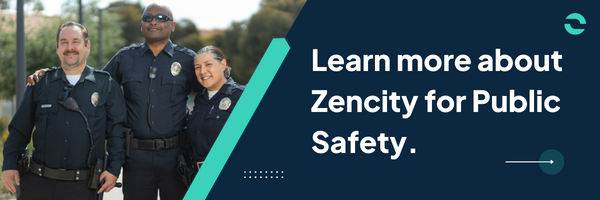The Zencity LPR Survey with Flock Safety

Michael Simon
Chief Strategy Officer
The Zencity LPR Survey with Flock Safety

Cities across the country are contending with a challenge: the need to provide public safety services that effectively address the crime challenges of today while balancing demands from their citizens that these services be equitable, fair, cost-effective, and transparent.
It is the fundamental job of a local government to provide public safety services in the form of law enforcement, fire, and emergency personnel. Cities have attempted a host of methods of deploying and targeting their law enforcement services, from hot-spot policing to community policing, with varying results.
The Public Safety Landscape in 2023
A confluence of events in 2020 spurred the search for innovative solutions in policing. The COVID-19 pandemic and social unrest coincided with a rise in violent crime that continued into 2021 and 2022. Homicides and most other violent crimes began to slowly decline in the first half of 2023, but remain above levels seen before the onset of the coronavirus pandemic and nationwide protests (Council on Criminal Justice).
Motor vehicle thefts, which the CCJ calls a “keystone crime” that facilitates the commission of homicide and other offenses, continued an upward trend that began at the onset of the pandemic. Motor vehicle theft rose by 33.5% in the first half of 2023, with some cities like Rochester, NY, (+355%) and Cincinnati (+162%) reporting triple-digit increases.
At the same time, social movements pushed calls from citizens for a more equitable policing and justice system. Simultaneously, challenges with law enforcement personnel hiring and retention, a trend that has been accelerating for a long time, came to a head. The Police Executive Research Forum (PERF) annual survey shows that sworn personnel resignations are up nearly 50 percent in 2022 over 2019, while retirements are up nearly 20 percent in the same time period.
As a result, total sworn staffing has dropped nearly 5 percent over the past three years. Almost every agency is seeing significant gaps between the headcount they need and the one they have.
Many city leaders are turning to technology as part of the solution to all of these issues. Tools like license plate recognition (LPR) cameras, video cameras, and gunshot detection systems provide objective evidence for law enforcement, supplementing personnel gaps and allowing for faster case clearance. These technologies can be implemented in areas where a constant human police presence might be unwarranted or unwelcome, enabling precision policing in comparison to more invasive blanket approaches.
License Plate Recognition (LPR) Technology
In this paper, we focus on license plate recognition (LPR) cameras, a subset of policing technology that combines a highly-calibrated camera, optical character recognition (OCR) to identify license plates, and machine learning software that identifies and categorizes vehicle characteristics, like make and color. Motion-activated LPR cameras automatically capture all license plate numbers that come into view, along with the location, date, and time of the capture.
In addition to providing photographic evidence for investigative public safety use cases, some LPR systems integrate with national and state crime databases, such as the FBI’s National Crime Information Center (NCIC), to send real-time alerts to local law enforcement on certain wanted vehicles. As stated above, vehicle theft is often considered a “keystone crime”, so identifying wanted vehicles is an effective way to address a wider range of crimes as well.
LPR cameras have become increasingly common tools used by thousands of local law enforcement agencies. A 2020 Brennan Center report stated that, according to the latest available numbers, 93 percent of police departments in cities with populations of 1 million-plus use LPR systems.
While technology, policing, and the use of technology in policing have detractors, extensive research conducted in a diverse range of metropolitan areas by Zencity shows that the large majority of residents in every demographic believe LPR cameras are an acceptable technology for solving crime and maintaining public safety, when appropriately regulated.

The majority of residents are comfortable with LPR cameras being used by their local police and believe it is effective for use cases including solving violent and property crime, finding missing persons, and recovering stolen vehicles.
In this paper, we will analyze the results of the six surveys and extrapolate what they tell us about Americans’ opinions on local law enforcement’s use of LPR camera technology.
We will discuss nuances between individual cities and demographic categories and identify some best practices for city leaders.
Methodology
In the summer of 2023, Zencity conducted surveys in six locations — the metro areas of Cobb County (a suburb of Atlanta), GA; Lexington, KY; Nashville, TN; Tampa, FL; Columbus, OH; along with 4 diverse districts across the state of Virginia. A range of urban and suburban areas were included, in regions that have different experiences with and usage of LPR technology.
Survey respondents in each of the six areas were recruited online for a period of 2-3 weeks using targeted ads on social media and apps for iOS and Android, as well as online survey panels.
Using U.S. Census Bureau data, the surveys employed quotas to match the distribution of race, age, and gender in each of the defined survey areas, ensuring the sample matches the demographic breakdown. Additionally, a statistical technique called rake-weighting was used to give any overrepresented demographic groups a lower weight and underrepresented demographic groups a higher weight in the analysis. This process ensured that all surveys and findings were statistically representative.
The Surveyed Population
In addition to demographic information, the surveys asked about the relevant experiences and behaviors of the individuals surveyed. On average, about 46% of the respondents across all surveys reported that they or someone they know has been a victim of crime. The highest percentage, 54%, was in Lexington, KY, and the lowest, 36%, in Cobb County, Georgia.
To gauge community engagement, the survey asked participants how many of the following activities they had engaged in within the past year: (a) Gone to a community meeting; (b) Written, emailed, or called an elected official; (c) Voted in a local election; (d) Submitted a service request or complaint to a city agency; (e) Volunteered with a nonprofit or community group; (f) Volunteered or worked on a political campaign; (g) Been part of a neighborhood association; (h) Been a member of neighborhood groups on sites like Facebook or NextDoor.
The largest group of respondents reported being “Not very engaged” (0-2 activities), with an average of 45.5% of the population across all surveys in this group. On average, only 8.5% of respondents reported being “Highly engaged” (5 or more activities).
Finally, survey respondents were asked to what extent they agree or disagree that their local law enforcement agency is an organization that they can trust. On average, 64% of respondents across all surveys “Strongly agree” or “Tend to agree” that they trust their local law enforcement, while 14.8% on average “Strongly disagree” or “Tend to disagree” that they trust their local law enforcement. Trust was highest in Nashville, TN, and lowest in Columbus, Ohio.
Cross-Survey Results
Familiarity: In every survey, at least 50% of respondents report being at least somewhat familiar with LPR technology. This group was higher in areas, like Lexington and Nashville, where large local law enforcement agencies are public about their use of LPR systems. Columbus, OH, had the smallest percentage of individuals reporting familiarity with LPRs, at 58%.
Additionally, in every survey, respondents reported that the top place they learned about LPR systems was from Local News. The second and third most common places respondents learned about LPR systems were Social Media and Family and friends, with these rankings fluctuating depending on the region.
Perceived feelings of safety: Survey respondents were asked whether LPR systems would generally make them feel more safe, less safe, or not change their feelings of safety. In all surveys, the largest percentage of respondents reported that LPR technology would not change their feeling of safety at all. However, for those respondents who reported that LPR technology would change their perceived feelings of safety, a larger group of respondents said that they would feel more, rather than less, safe. Between 33% and 50% of participants report that LPR would make them feel safer, while no more than 16% of respondents in any region surveyed report that LPR would make them feel less safe. In every survey, the ratio of people who feel more safe is 2x to 5x higher than those who feel less safe, even across demographic differences.
Support of specific use cases for LPR technology: Generally, the majority of survey respondents support LPR technology when it’s used to solve crime. Over 80% of respondents in every location reported feeling Very Comfortable or Somewhat Comfortable with LPR technology being used in the following four use cases: Missing Persons/Children, Acts of Terrorism, Violent Crimes, and Property Crimes. Support for LPR technology wanes when used for traffic enforcement, toll enforcement, or parking violations, although 60% or more of respondents in Virginia still expressed comfort with the technology being used for these non-crime-related reasons.
Comfort levels: Trust in local law enforcement is a crucial factor in determining residents' comfort levels with LPR technology. The surveys consistently showed that individuals who reported trust in their local law enforcement agencies were more comfortable with LPR technology. City leaders should prioritize building and maintaining trust between the community and law enforcement as they consider implementing LPR technology.
In Lexington, the city where the disparity between comfort levels for these groups was largest, 57% of respondents who don’t trust police report they would feel less safe with LPRs; while only 6% of respondents who do trust police report they would feel less safe with LPRs.
Perceived Effectiveness: When asked whether LPR technology is effective for investigating and responding to the four use cases described above (Missing Persons/Children, Acts of Terrorism, Violent Crimes, and Property Crimes), at least 70% of respondents reported they believe these systems are Very Effective or Somewhat Effective for all use cases. In every survey, less than 10% of respondents reported thinking that LPR systems would be Not At All Effective for any of these use cases.
Summary
While these six surveys are not representative of every state and locality, the results do paint a clear picture that the majority of the general public is comfortable with and supportive of local law enforcement using License Plate Recognition technology to solve crime and improve public safety, especially for high profile use cases like missing persons and violent crime.
While the largest percentage of respondents reported that LPR technology would not change their feeling of safety at all, the ratio of people who feel safer with LPR technology is 2x to 5x higher than those who would feel less safe – even across demographic differences.
This paper does not prescribe policy suggestions, but it does appear clear that when looking to address a double-sided challenge of providing public safety while responding to calls from the public for fair and responsible policing, LPR technology provides one viable solution for city leaders. When deployed in an equitable, transparent, and accountable manner, LPR systems are a public safety tool favored by the majority of constituents.
%20copy-1.png?width=544&height=120&name=Logo_black%20(1)%20copy-1.png)





